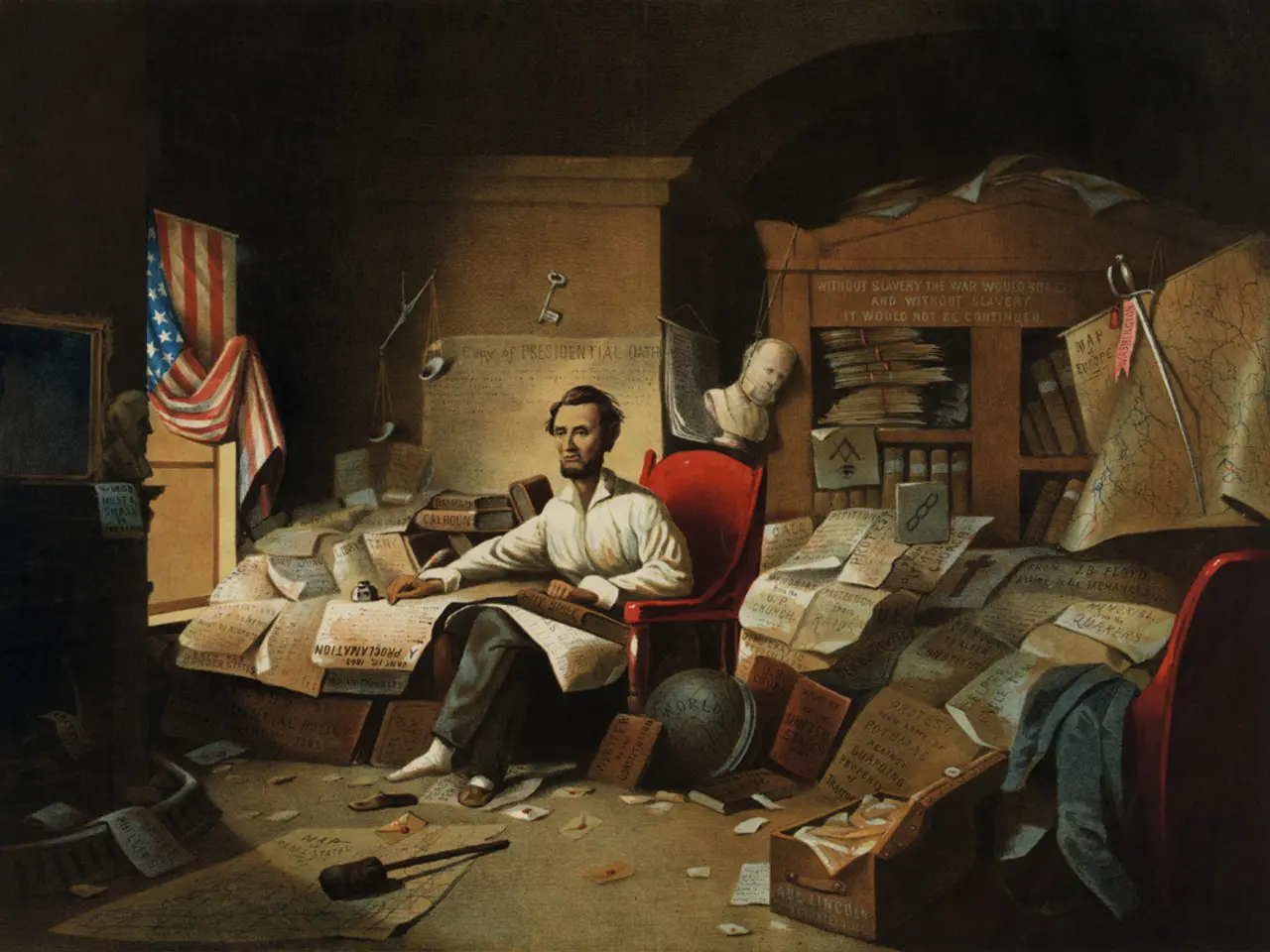Unveiling the Enigma of the CPR Dummy: The Fascinating History Behind Its Facial Design and Unearthing its Origins
In the late 1950s, a Norwegian toy maker named Asmund Laerdal was asked to create a lifelike training mannequin for teaching cardiopulmonary resuscitation (CPR). The face of this mannequin, which would become iconic, was found in a painting hanging in the home of Laerdal's in-laws at Stavanger in Norway. The painting showed a young woman with hair tied back, eyes closed gently, and lips curved in a soft but sad smile. This woman was known as L'Inconnue de la Seine, the Unknown Woman of the Seine.
L'Inconnue de la Seine was a young woman, believed to be around 16 years old, whose body was found drowned in the River Seine in Paris in the late 1800s. Her identity was never discovered, and her body was displayed at the Paris mortuary in hopes of identification, but no one came forward. After her death, a death mask was made of her serene face, which captivated artists and writers. This death mask became widely known and inspired much mystery and fascination across time.
In 1960, Laerdal used the face of L'Inconnue de la Seine on the world's first CPR training doll, named Resusci Anne. Laerdal believed the mannequin should appear approachable and decided it should be a woman. The result was a lifesaving tool that has since been used worldwide to teach lifesaving techniques. Due to this, the unknown woman’s face is said to be "the most-kissed face in history," having figuratively "saved" millions of lives.
The CPR technique, developed by Austrian doctor Peter Safar, involved chest compressions to keep blood flowing after the heart stops functioning. Resusci Anne, known as CPR Annie in English-speaking countries, had a soft chest for practicing compressions and an open mouth for rescue breaths. Over 500 million people have trained using Resusci Anne and her companions.
The American Heart Association states that immediate CPR can double or triple survival chances for people who witness a heart attack, with 70 percent occurring outside the home. Today, Laerdal offers mannequins with diverse ethnicities, ages, and body types to better reflect the population and improve the effectiveness of training.
The legend says she was a young woman who drowned in Paris in the 19th century, but no official records confirm this tale. Regardless of her real-life story, L'Inconnue de la Seine's connection to Resusci Anne serves as a poignant reminder of the importance of CPR training and the lives it has saved and continues to save.
As for Resusci Anne, she travelled from fire stations to schools and hospitals worldwide. Her peaceful visage became a familiar sight, and even pop culture recognised her significance. Michael Jackson popularised the phrase "Annie, are you OK?" in his hit "Smooth Criminal" in the 1980s.
Asmund Laerdal passed away in 1981, and his company, Laerdal Medical, grew into a leader in emergency medical training technology. His own experience of saving his son from drowning by pressing on his chest inspired him to create a model for practicing CPR, ensuring that the lives saved by Resusci Anne would number in the millions.
Read also:
- Rehabilitation Centre of NHS Introduces Smart Bedside Screens Equipped with Airwave Technology
- Effects of Insects and Vermin on the State of Residential and Commercial Buildings
- Following the cancellation, a new demonstration date for Laumann's show in Hamminkeln has been announced.
- Quick Relief in a Snap (Negative Thoughts Not Required)





